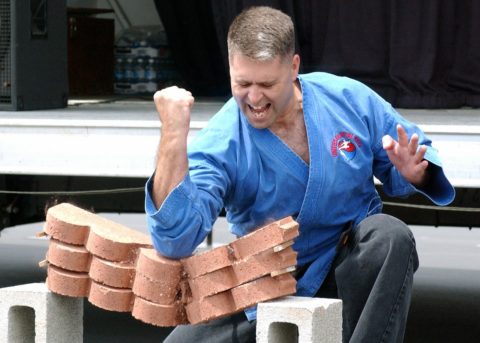The Blog
Tennis Elbow & The 3 Step Process
Posted 18 June 2018 in Injury

Tennis elbow is a common injury seen in anyone who is forced to continually grip on a regular basis. However, the cause of a tennis elbow isn’t just based on one element, rather on a multifactorial process.
1. Local tendon Pathology- generally you will see similar changes in the tendon as seen in Achilles and patella tendons. Disorganised and immature collagen, increased amount of neurochemicals, formation new blood vessels and vascular hyperplasia (excessive growth of cells that form blood vessels) and increased fibroblast cell numbers and ground substance. These all lead to dysfunctional immature healing or a degenerative tendon. It isn’t always caused from a tensile force, but can be a compression and shear as well.
2. Pain system changes- Chronic pain will result in peripheral and central processing of nociceptive (painful) and non-nociceptive (non-painful) input. There is evidence that there is a central component related to tennis elbow. Therefore there can be an increased sensitivity to pain and why tennis elbow can occur on both sides.
3. Motor system changes- There can be problems with the grip, where the wrist extensors (forearm muscles), overload as they play a stabilizing role during grip tasks. Hence, painful grip often results. There can also be motor control impairments both locally and peripherally, for example, reduced wrist extension/ increased wrist flexion OR reduced reaction time OR increased strength of finger extensors (compensate for weak forearm muscles) OR general decrease in activity of forearm muscle when gripping. Commonly this change will results in increased at twitch fibres and the tendon can look moth eaten (necrotic)


